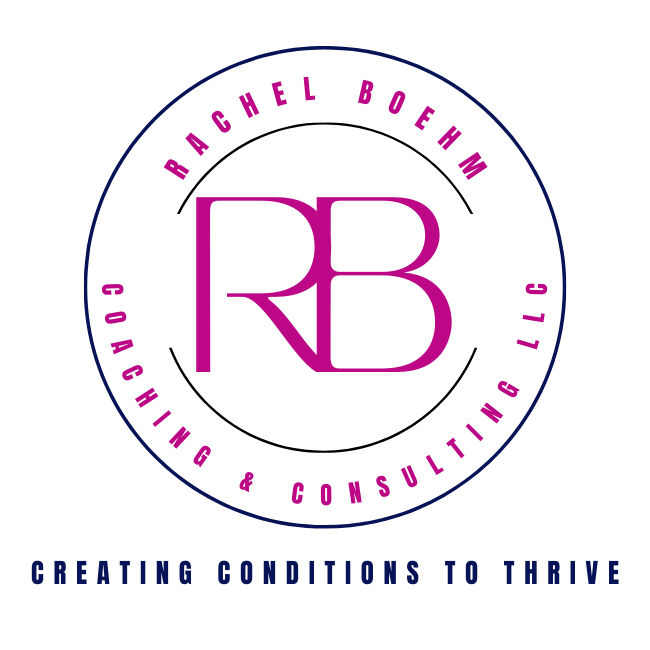Toxic Positivity, Optimism, and Realistic Reframing
Toxic Positivity, Optimism, and Realistic Reframing
Read below or catch the video version here: https://youtu.be/wljMxI6ApDg
 I heard an inspired speech the other day from a leader to his team. He shared a recent moment during which he realized that the demands on him and them were good problems to have. It reminded me of the important difference between optimism and toxic positivity. As well as the power of reframing within reason.
I heard an inspired speech the other day from a leader to his team. He shared a recent moment during which he realized that the demands on him and them were good problems to have. It reminded me of the important difference between optimism and toxic positivity. As well as the power of reframing within reason.
The difference between optimism and positivity is grey, with competing and even opposing definitions. The more important distinction is between optimism and toxic positivity. Optimism is acknowledging the reality of your current situation and emotional state, while holding hope that circumstances will improve. Toxic positivity throws the rosy-colored blinders on, ignores reality, and acts as if all is well.
The toxic positivity person would say, “look on the bright side,” or “it’s not so bad,” or “think happy, think positive,” or “you’ll get over it”.
The optimist would say, “that’s a difficult situation, how can I support you navigating through?”, or “it’s ok to feel [afraid, upset, etc] sometimes.”
Optimism can help you navigate from the present to the future in a healthy way. Toxic positivity discredits your right to experience hardship. Denying your emotions is unhealthy and does not help you move forward. It can make the emotions build up, make the problems seem bigger than they are, and negatively affect your physical and mental wellbeing.
There are a number of emotional coping skills you can develop to help. Realistic reframing is one. Reframing is a core skill I help clients develop. I say realistic because, as with optimism, you have to acknowledge where you are. Only then can you use reframing to find another way in which to view and come through the situation.
Reframing is not about ignoring your present, it’s about getting you from where you are to where you want to be. In the case of the leader whom I mentioned at the start, he wasn’t ignoring his or the team’s right to feel tired, stressed, or frustrated. He was acknowledging and honoring these feelings, and then providing another way in which to view the circumstances.
What good problems do you have? What is another way you can view your current situation to grow or fail forward?

